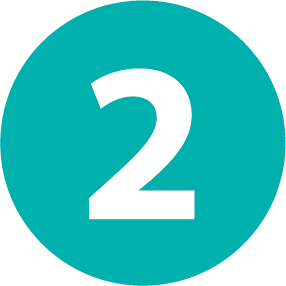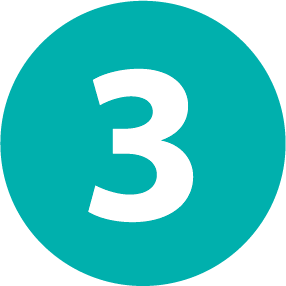
3 Little Things: Highlight Your Vision for Readiness in Your School Culture
Great things are not done by impulse, but by a series of small things brought together.
– Vincent van Gogh

INTRO
Purposeful Learning focuses on the alignment between learning approaches and a holistic, shared, vision for readiness. It includes universal approaches to instructional design such as common language, frameworks, and philosophy, that allow students to see continuity between every class period, every day.
These connections should be explicit between classrooms. One way to do this is by having consistent rituals and routines that reinforce your vision for readiness to help create a coherent experience for every student.
OBJECTIVES
- Create explicit connections between the student experience and your school’s vision for readiness
- Ensure skills related to your shared vision of readiness are explicitly taught and modeled in each class
- Create instructional rituals and routines that connect to your shared vision for readiness
RESOURCE LINKS
- COMING SOON
These three suggestions are fairly quick and easy, and will move your school’s vision forward.
 Develop a Shared Language
Develop a Shared Language
Add a section to your school newsletter each week that connects your vision for readiness goals to some of your newsletter topics and initiatives. This is quick and requires little time and effort, and helps the school community begin to develop a shared language and understanding of its vision for readiness.
 Engage Early Adopters
Engage Early Adopters
Encourage early adopters to intentionally and regularly use shared language linked to your student outcomes within their day to day instruction. Remind them to model and be explicit about the skills that are already part of their classroom experience and to connect them to your vision for readiness. Help them reflect on ways to create opportunities where students can gain social-emotional, critical thinking, listening, and empathy skills, which are not traditionally graded or assessed.
 Create Instructional Rituals and Routines
Create Instructional Rituals and Routines
Create instructional rituals and routines that connect to your shared vision for readiness. Identify where educators are already using pair-share techniques to support communication outcomes, or encourage them to find opportunities to do so. Use welcoming routines or rituals focused on elements of self-awareness or self-management. If you are a school that illustrates academic learning targets on your whiteboard as part of instruction, adding your vision for readiness student learning outcomes would be a natural little move to make.
REFLECTION
- Purposeful learning is about connecting Period 1 to Period 2, which connects to period 3, and so on. It is about aligning what you do, and connecting the structures in place, to the vision for readiness.
- At an elementary level, it’s connecting the different content areas and concepts learned throughout the day, unit, year.
- What are the individual educators in your school doing to connect with what the school is trying to accomplish collectively?
TIPS
- Little Things are smaller efforts you can do tomorrow, or within the next week or so.
- While these quick and easy practices can produce big impacts, remember, this is not a quick fix: You’re establishing schoolwide changes that should better serve all students for years to come











Responses